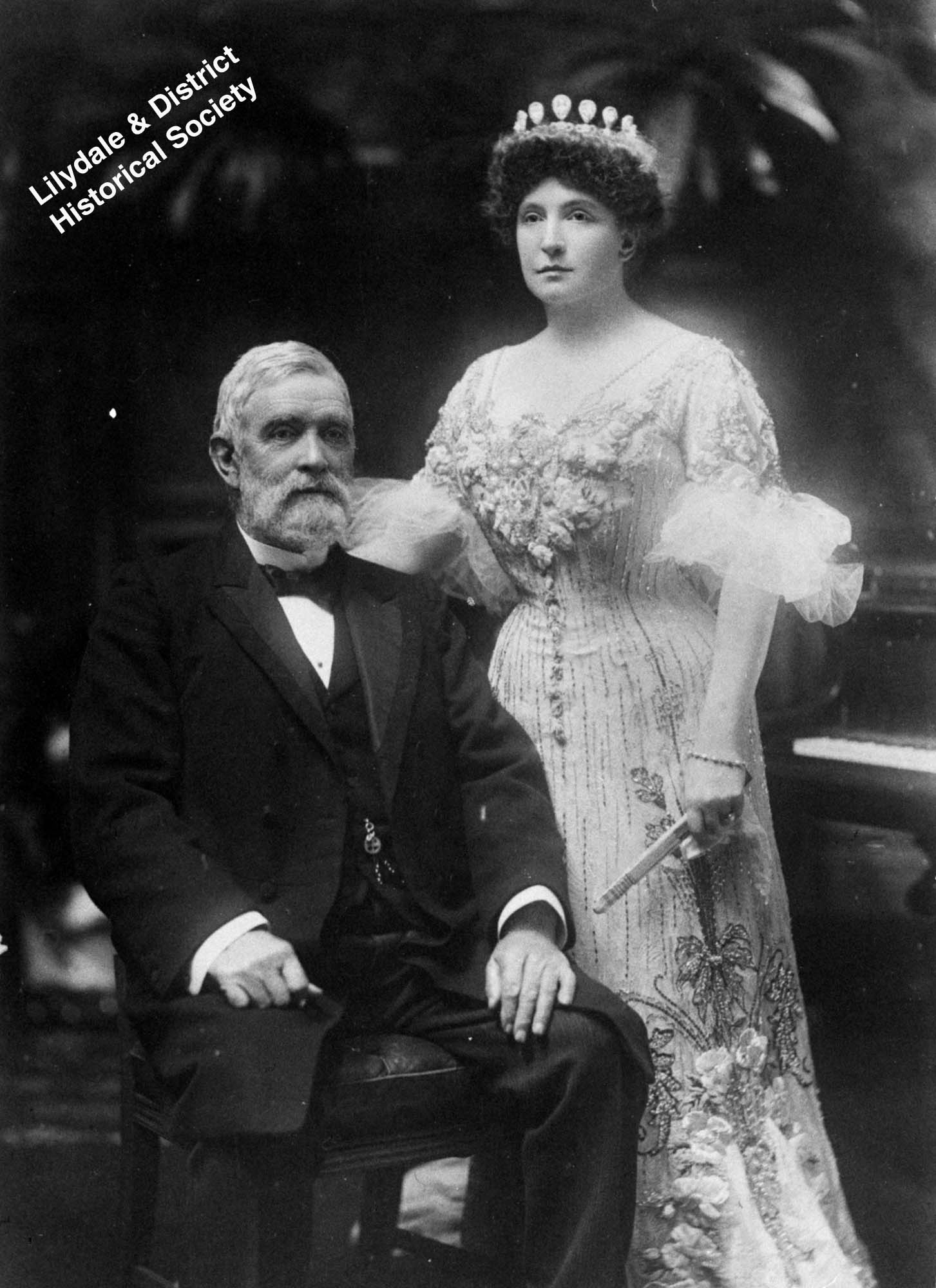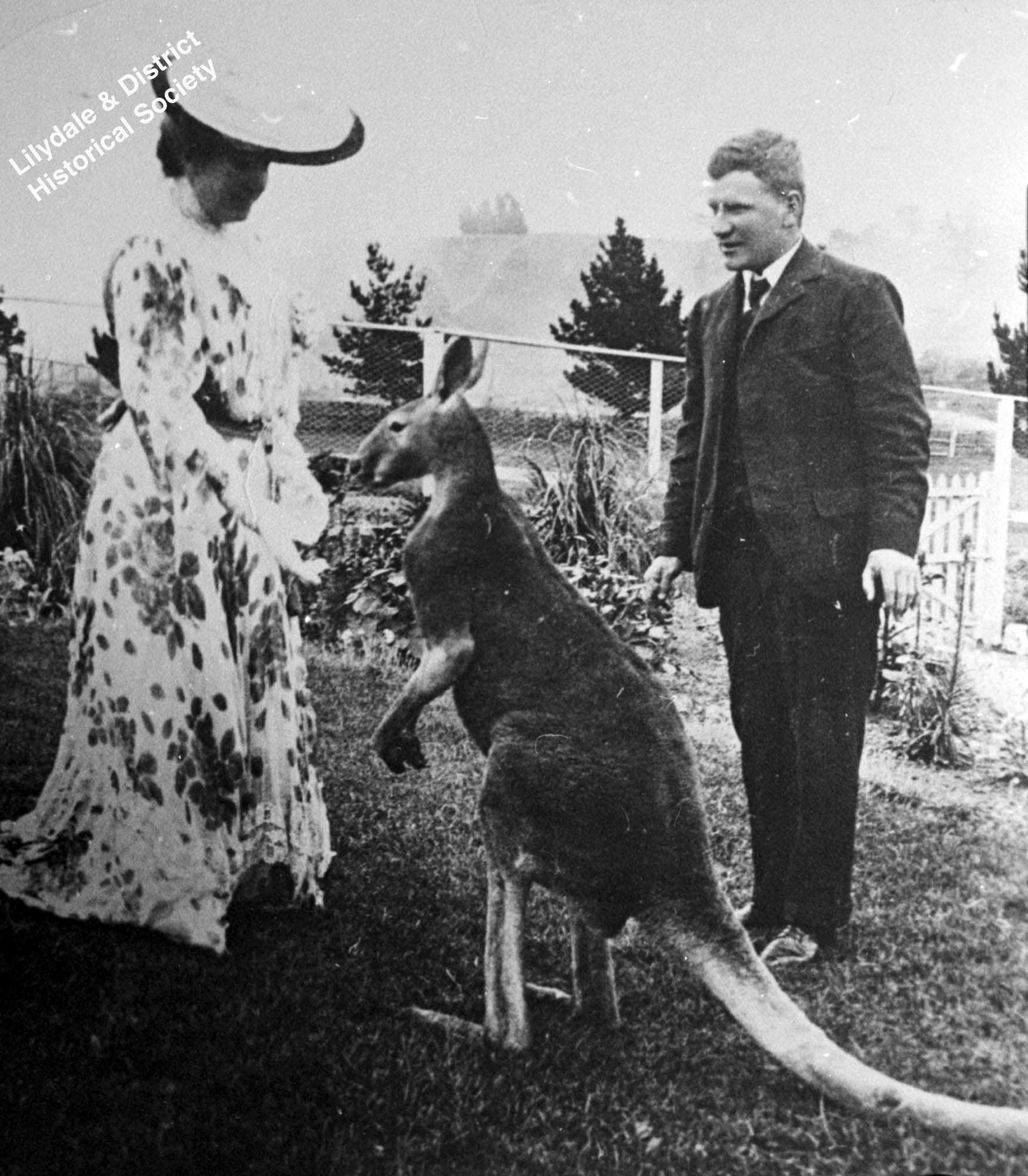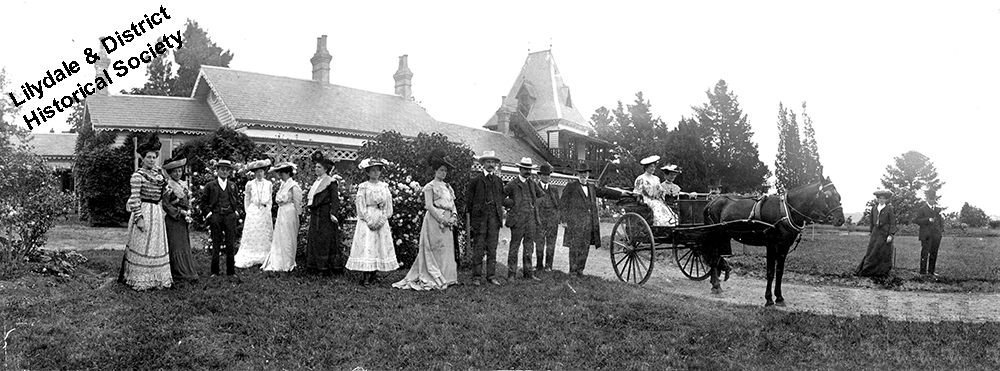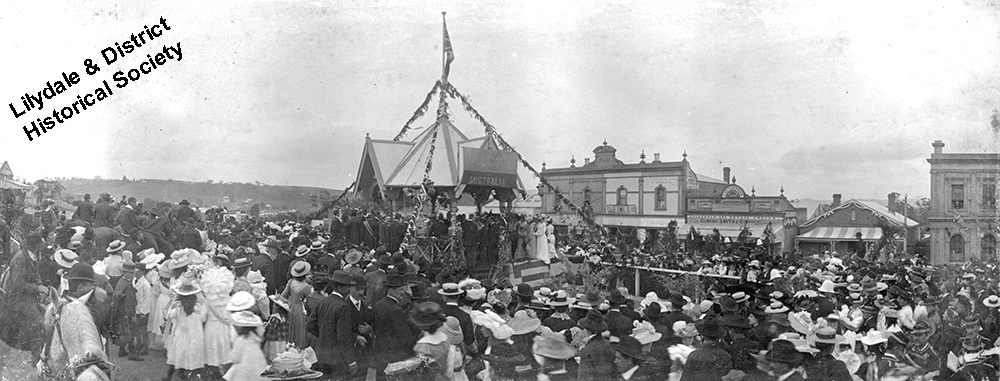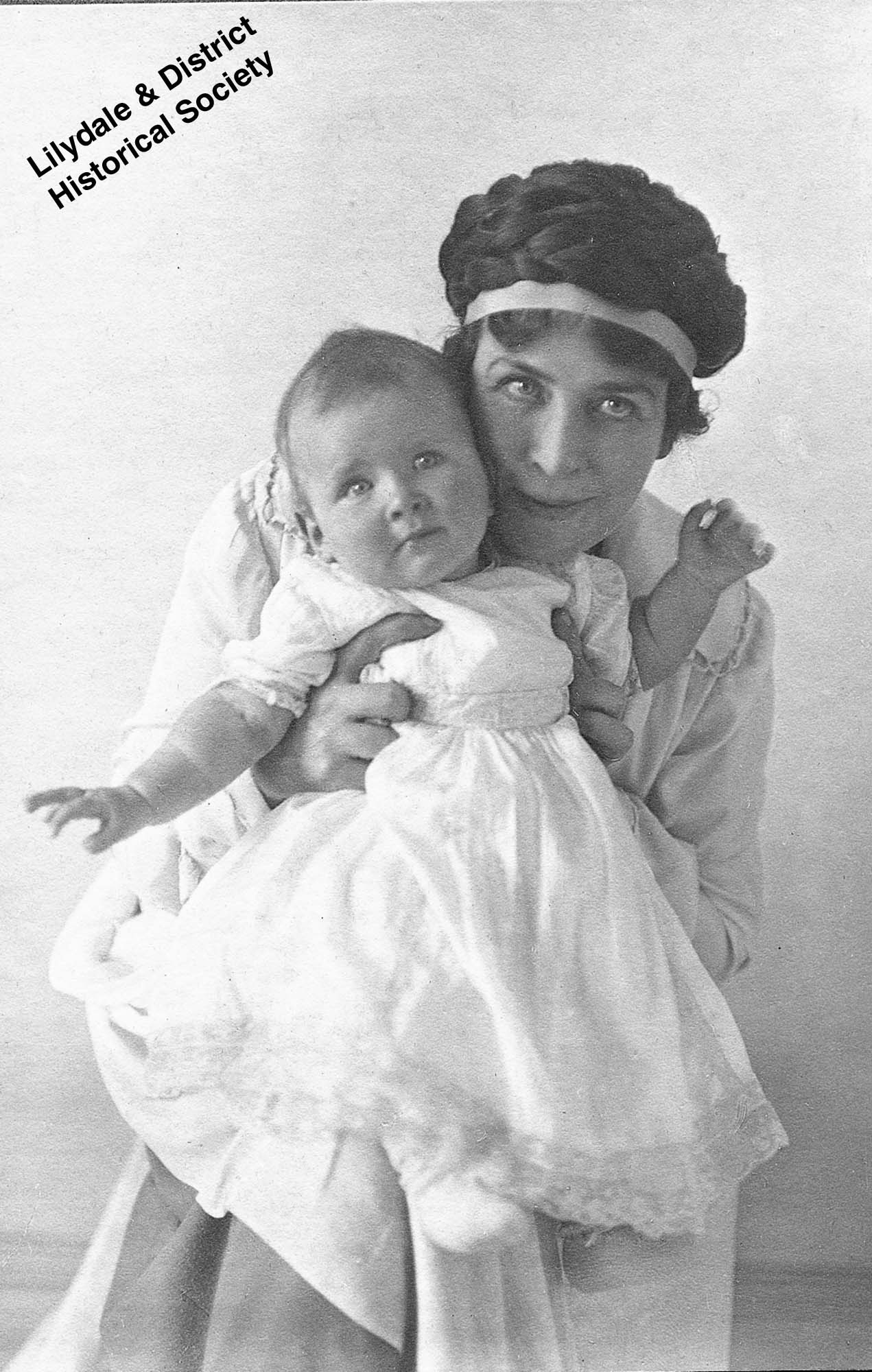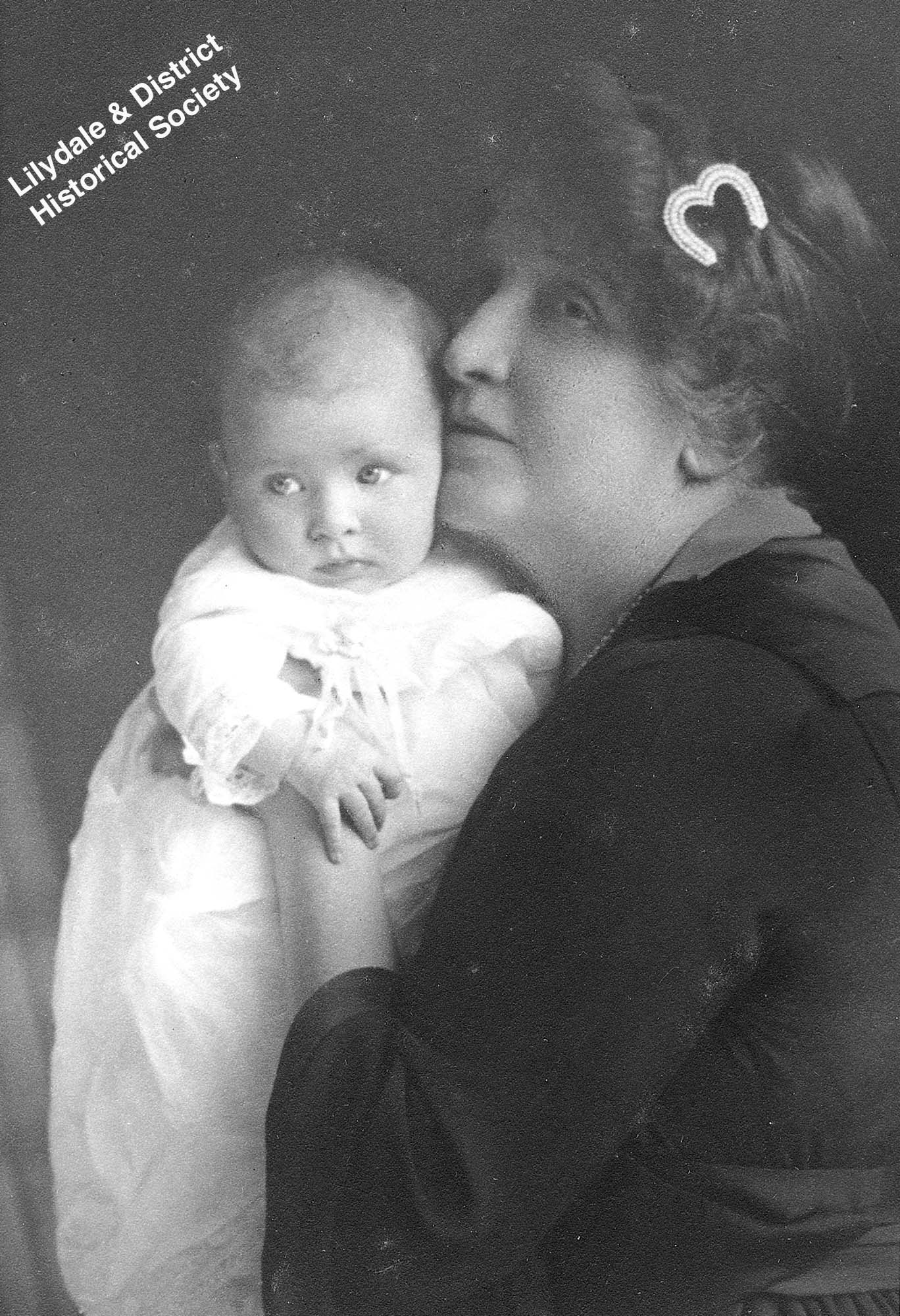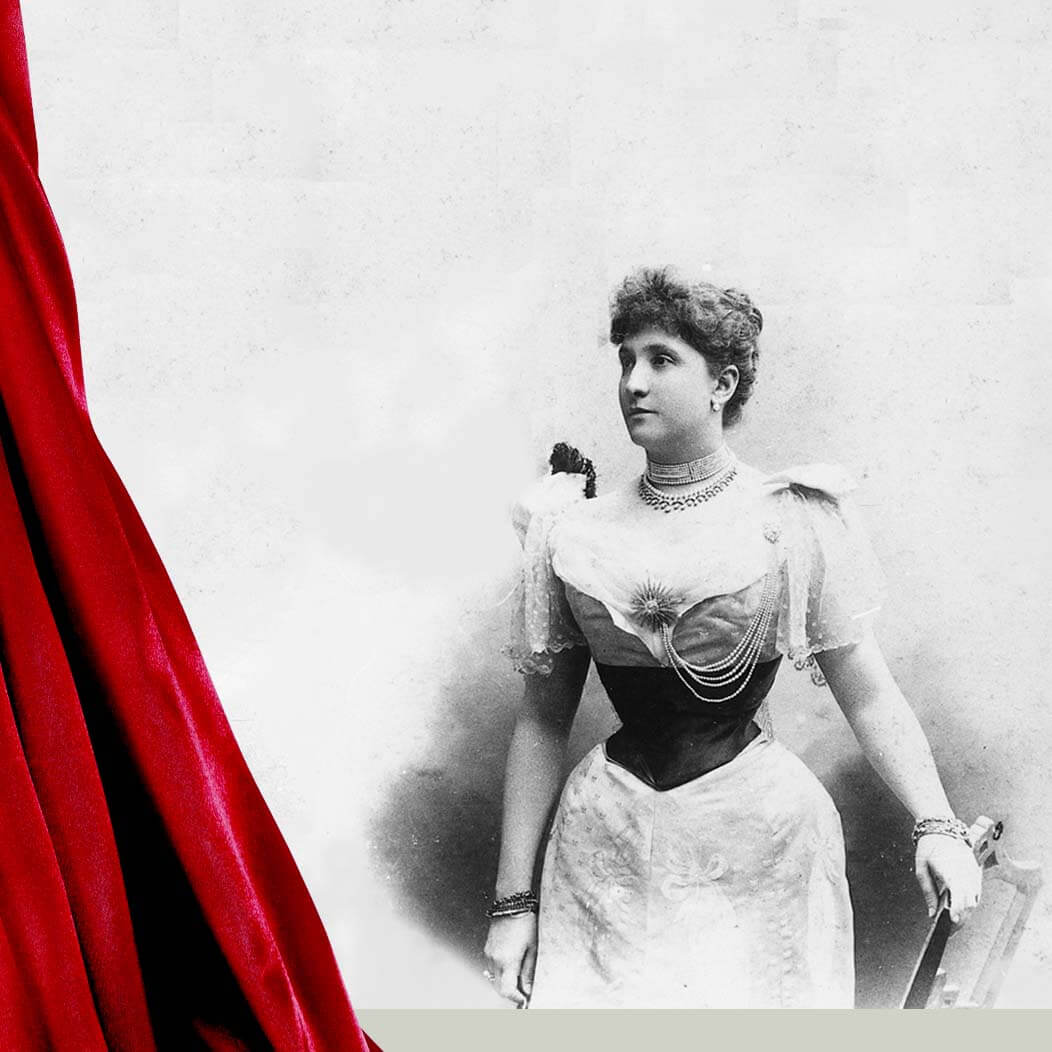
Countries | Australia
Melba had many requests to return to Australia for a concert tour. Nellie had arranged with her old friend, George Musgrove, to organize a tour that would cover most of Australia.
In 1902 Melba was in New York; from there she went to Vancouver, catching the ancient passenger ship Miowera on 22 August to sail to Brisbane. They arrived in Brisbane on 7 September. Melba was greeted with a red carpet, bouquets and speeches. The company set off by train for Melbourne via Albury where David Mitchell was to meet his daughter. On arrival there she was met with the news that he had suffered a stroke and was in hospital.
They went on to Melbourne, through the drought -stricken countryside. At Spencer Street Station it seemed as though every citizen had gathered to greet her and to welcome her home. A public holiday had been declared in Melba’s honour. Red carpets, bouquets, flowers were flung into her carriage, flags hung from every building; never had there been such a welcome. She stayed at Myoora in Toorak.
Melba was assured her father was making a good recovery. She postponed her first concert at the Melbourne Town Hall, until 27 September. Nellie suffered an even greater stage fright in her home town, but she received a standing ovation before and after the concert. Melba sat down at the piano and sang ‘Home, sweet home’ to her own accompaniment, and the cheering followed her as she left the hall.
David Mitchell was well enough to attend his daughter’s second concert at the Town Hall.
He had a place of honour in the auditorium. Nellie sang ‘Comin’ through the rye’ especially for him.
Welcome home at Lilydale
Melba was getting to know her family again as well as revisiting the district she had loved as a child.
To thank her friends, old and new, for their kind hospitality, Nellie gave a garden party at Myoora before she left Melbourne.
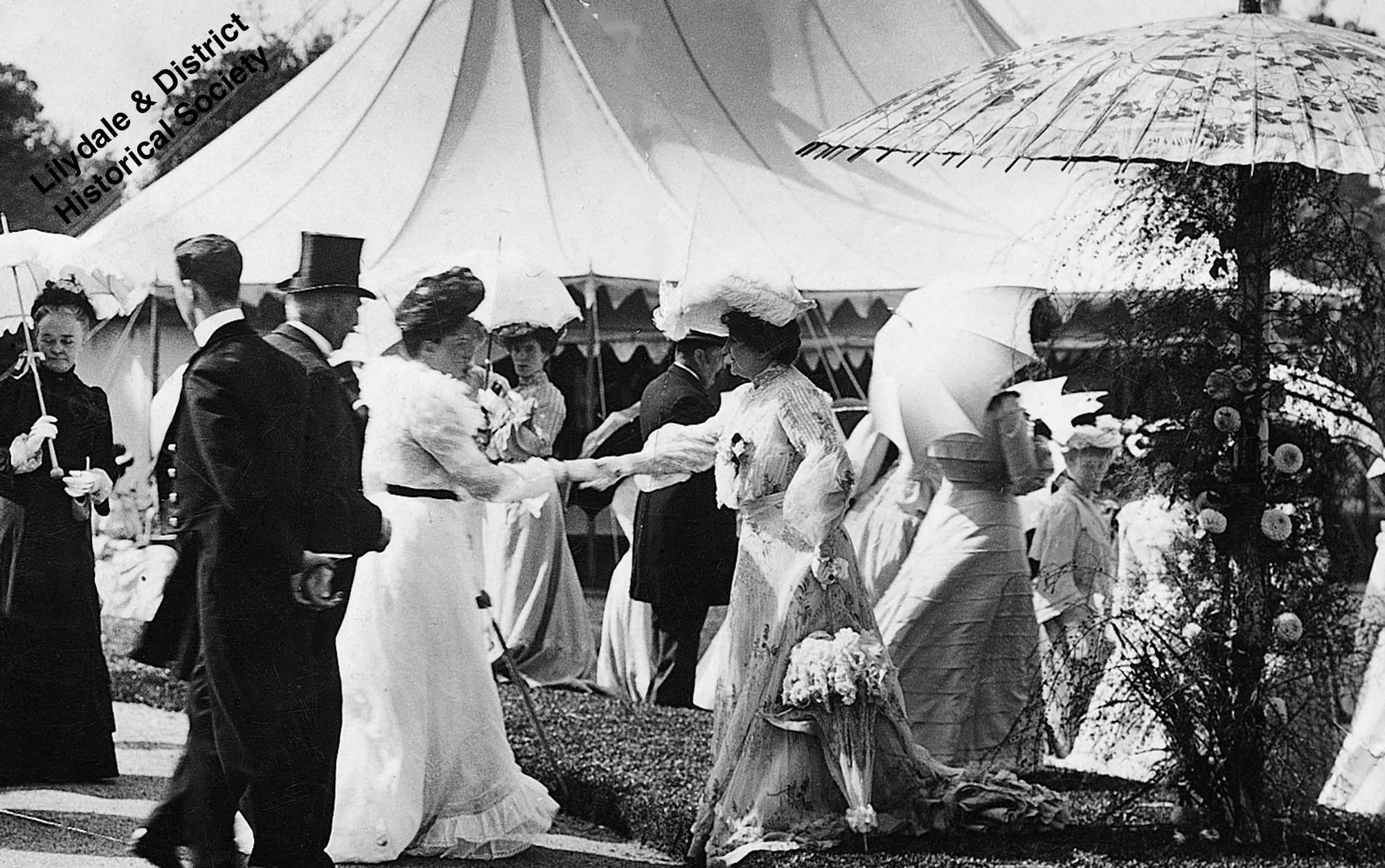
Melba’s first Australian tour took her to Brisbane and Sydney. Country people travelled long distances to hear her sing. Nellie wanted to start a drought relief fund, but the Melbourne Chamber of Commerce vetoed the scheme.
In early 1903, Melba was invited to sing in Launceston, before a visit to New Zealand. The company was all ill with sea-sickness, due to a rough crossing of Bass Strait. A doctor forbade Nellie to sing, the concert was cancelled, this caused ill feeling and rumours of drinking. (1)
Early tours
After staying away so long, Melba visited Australia more often to see her family and catch up with friends. And with most visits there was always a concert or two. Melba returned to Australia in 1907 and 1909. In 1909 she staged her extensive outback tour of New South Wales, Queensland, Victoria and South Australia.
On 1 March 1912, Melba gave a concert at His Majesty’s Theatre, Melbourne, in aid of the new concert hall at University of Melbourne. A week later she entertained at a dance at Coombe before returning to England. (2)
World War I
In July 1914 Melba returned to Australia. Her father had been very ill after an operation. She was anxious about him and found him frail and aged.
The announcement that Britain was at war with Germany still brought a shocked surprise. Melba, at once, flung herself into war work.
As well as Melba’s unremitting work for charity she began to give lessens at the Albert Street Conservatorium, in Melbourne, which was struggling.
Melba’s efforts were for those suffering, the wounded and dying. The money she raised by her artistic talents went to the Red Cross, to the hospitals and to the soldiers’ families. (3)
During the war tours were arranged in America and Canada using Australia as her home base.
On the morning of 8 March 1916, Melba’s party left America for Australia on the Wilhelmina.
Soon after leaving Hawaii, Melba received a telegram telling her that her father faced another operation. He came through the operation but was very weak. He died on Saturday afternoon 25 March 1916. (4)
Nellie was desolated by her father’s death, she tried to hide her grief, throwing herself into her work.
Melba gave all the proceeds from her concerts to charity so she returned to America for another tour arriving back in Australia in early 1917.
After the usual welcome in Sydney and Melbourne, Nellie was off to the Conservatorium, to concerts and fund raising activities. Every minute was organized. (5)
Returning to Australia from America in September 1918, Melba was busy starting with the Conservatorium; concerts were arranged; appeals were made for various causes including a plea for the installation of a permanent orchestra in Melbourne.
On 12 September 1918 Evie gave birth to a strong, healthy daughter, Pamela. The baby became the focal point in her grandmother’s life.
Melba gave several concerts before she returned to England after the war. One was a benefit concert for her old friend, John Lemmone, it was well supported. (6)
It was another couple of years before Melba returned to Australia.
In 1921 Melba announced that she was returning to Australia for a year. She would give a concert at the Albert Hall before she left.
It was at this concert that Pamela, Melba’s granddaughter, went to the theatre for the first time. She was at once stage-struck — a condition which has never left her.
She arrived via a month’s rest in Canada and on arrival Melba was at once embroiled in interviews and arrangements for her first concert.
Melba gave two concerts in Sydney to enthusiastic audiences. Melba appealed for donations to the orchestra which was in danger of being disbanded.
Melba was busy with rehearsals and with teaching at the Conservatorium. Her home-coming concert at the Town Hall was ‘a memorable occasion, with a full house’. The Melbourne Symphony was conducted by Alberto Zelman; once again Melba appealed for donations to ensure the survival of the orchestra.
Melba went to Adelaide for another home-coming concert, then to Sydney for several more concerts and back to Melbourne for a series of ‘Music for the People’, with seats at low prices which more people could afford. She spent time at the Albert Street Conservatorium, teaching and advising.
The popular concerts continued in Melbourne, after Christmas during January.
Lilydale Concert
On 14 March 1922, Dame Nellie Melba sang to a crowded and enthusiastic audience inside the hall at Lilydale, with windows and doors wide open, for the larger audience outside. The great singer paid her audience the compliment of dressing just as she would have done for a State concert in London. The enthusiastic audience, at the conclusion of the concert sang for the popular Melba, ‘For she’s a jolly good fellow’.
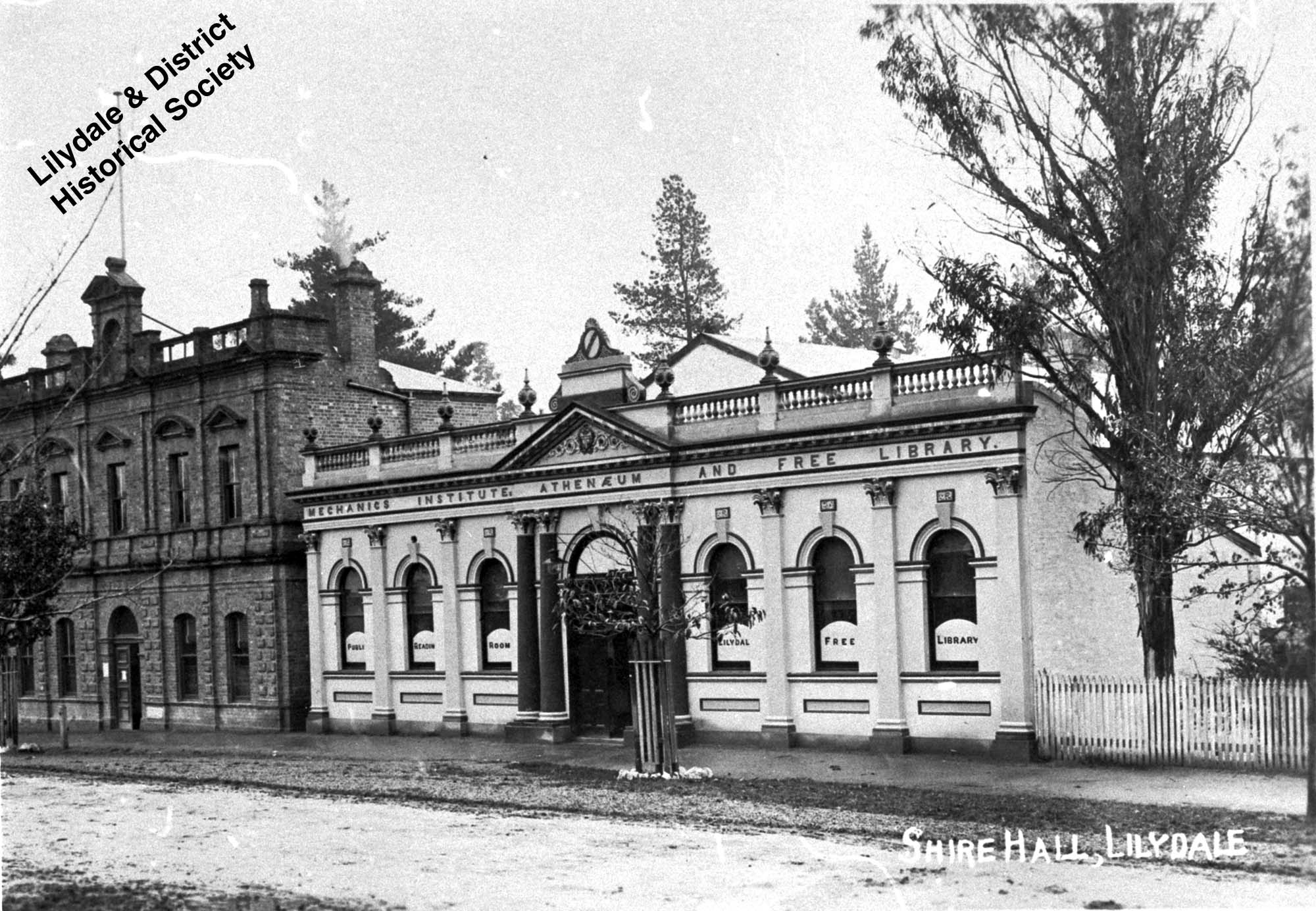
After Melba’s concerts in Sydney she gave more concerts in Brisbane, Toowoomba, in Adelaide and then back in Sydney for more concerts. She returned to Melbourne by train, her many engagements continued: she gave a concert in aid of the Free Kindergarten Union of Victoria; she sang in St Paul’s Cathedral in a recital, in aid of the St George’s Intermediate Hospital. In Geelong she gave a concert in aid of the Kitchener Memorial Hospital.
During this tour of Australia she met a young pianist, Lindley Evans. Impressed by his playing, she invited Evans to accompany her on her forthcoming concert tour in England.
Lindley Evans became the much loved Mr Melody Man of Australia.
Melba had to go back to Europe and the great theatres and concert halls, where she had to earn her living. Leaving from Adelaide where she caught the ship. (7)
By late 1923 John Lemmone had arranged a concert for Melba soon after her return to Sydney. Prince Obolensky made his debut, Lindley Evans and Lemmone were other artists, Mr Ernest Truman accompanied the orchestra on the grand organ. Melba returned to Melbourne with Evie. There was a great deal of interest in the forthcoming Opera Tour. Melba told the reporters about the treat in store for Australian audiences when the British Opera Company arrived.
After Christmas at home, Melba sang in Tasmania in January 1924. There was ill feeling from years ago, when her concert was cancelled after a rough sea crossing. Melba was forgiven and made welcome, giving a concert on 16 January. She was driven in her own car, which came over with her, to the Bush Hotel, New Norfolk on her way to Hobart, and the largest concert audience ever assembled in Hobart greeting Dame Nellie Melba and her accompanying artists in the City-hall. It was a leisurely tour enjoyed by all as they drove through the Tasmanian countryside.
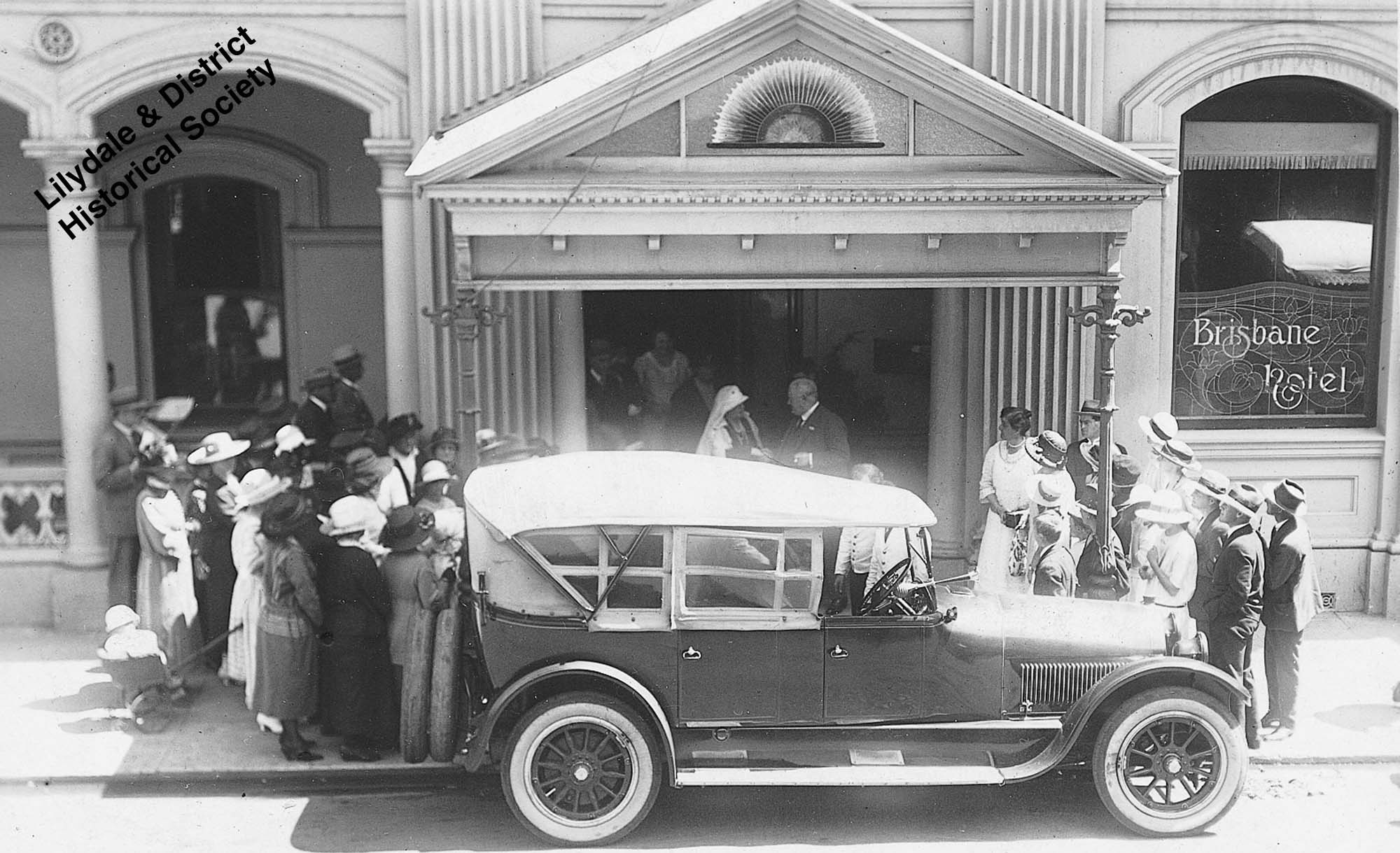
1924 Opera season
The Opera Company was to give its first performance in Melbourne at the end of March 1924. The importation of professional chorus singers from Italy caused dissension, twenty male choristers were engaged to take part in the operas.
The opera company was well endowed with talent, headed by the diminutive Toti dal Monte and Dino Borgioli. They excited considerable interest in the press after the controversy about their engagement over Australian singers.
The season opened with a performance of La Boheme. The press reported, ‘a gala night, a brilliant house and a milestone in the musical history of Melbourne’.
The company moved to Sydney, to Adelaide and back to Sydney; it comprised many fine artists capable of singing roles that Melba herself was no longer able to attempt, but the public still queued to hear her. The magic of her voice survived, holding an audience spellbound as ever. Towards the end of the Sydney season she was taken ill with bronchitis and several performances had to be cancelled.
At a final performance of La Boheme Melba announced her retirement from opera. Her speech was broadcast to a wide audience by the new high power wireless station. The recording from the theatre was the station’s first transmission. Melba was very tired by the end of the tour but well pleased by the company’s success and the reception they had received.
It is hard to realize how natural, or even innocent, was the adulation given by the Australian public to a woman who was hailed as ‘the world’s greatest singer’, ‘our Melba’, ‘our greatest daughter’. In those days the phrases caused no embarrassment. Rather than exciting envy, her success was seen as a compliment, and it encouraged other Australians. The wonder is that Nellie remained at heart such a simple and practical woman.
The acclaim kept her going, kept her alive. She alone knew the effort that was needed for her to walk out on the stage for a performance. She knew when the performance was less than perfect. In spite of the applause she still received, Melba knew her singing days were numbered. (8)
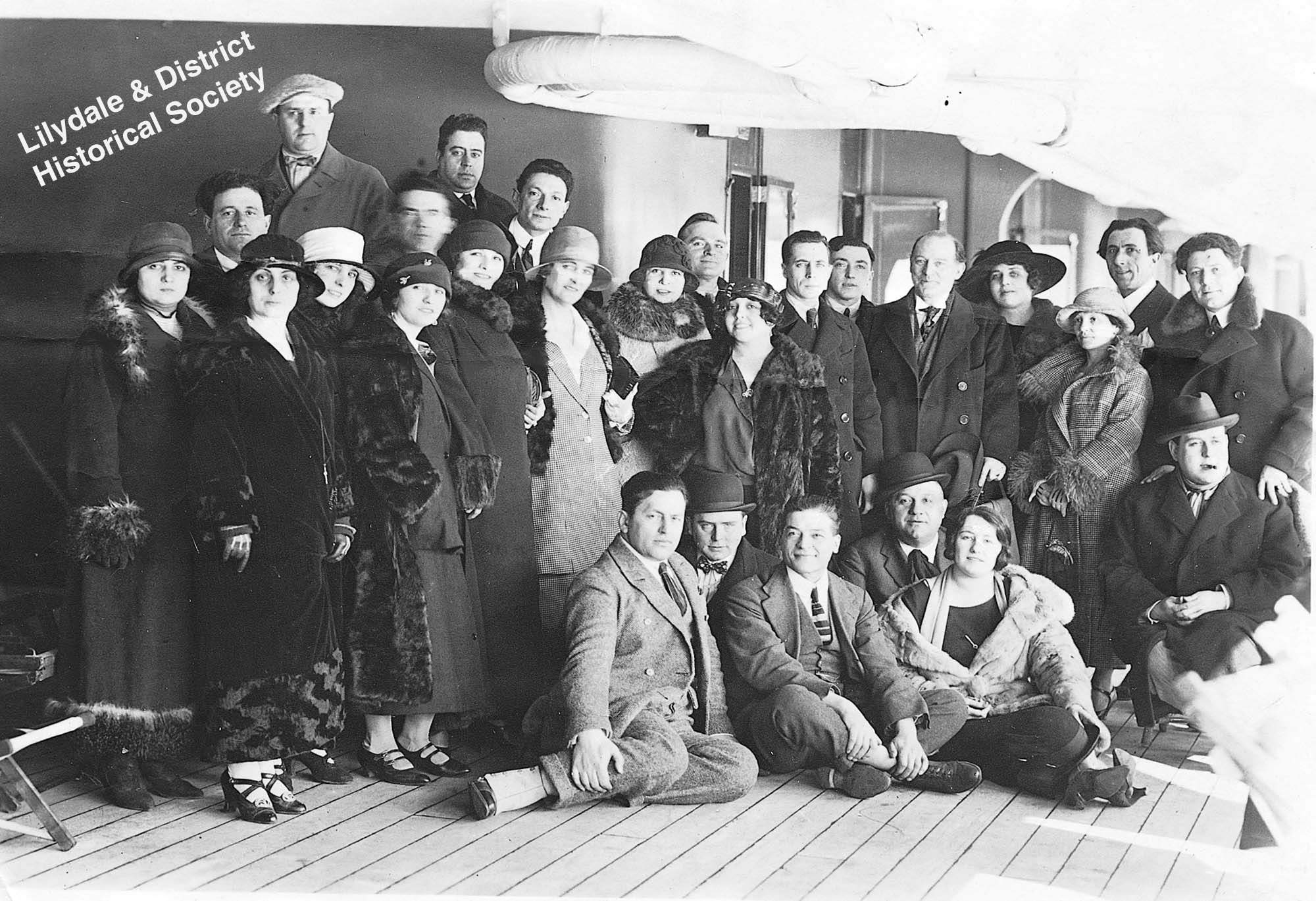
It did not take long for Melba to feel rested and then restless. It was requested for her to sing in Australia. It was arranged with John Lemmone and Williamson, that Melba would do another concert tour and she arrived in Melbourne in January 1927.
After a ‘Home Coming Concert’ in Melbourne. Melba travelled to Tasmania for concerts in Launceston and Hobart. She enjoyed the invigorating climate and the drive through the lovely countryside. Her mainland concerts began in Warrnambool and Stawell.
The Duke and Duchess of York (later King George the sixth and Queen Elizabeth) had come to Australia to formally open the door of Parliament House, to mark the occasion of the establishment of the Commonwealth Parliament in Canberra. Melba was to sing the National Anthem at the opening ceremony. She travelled to Canberra, and found it inspiring and was enchanted to be part of the ceremonies.
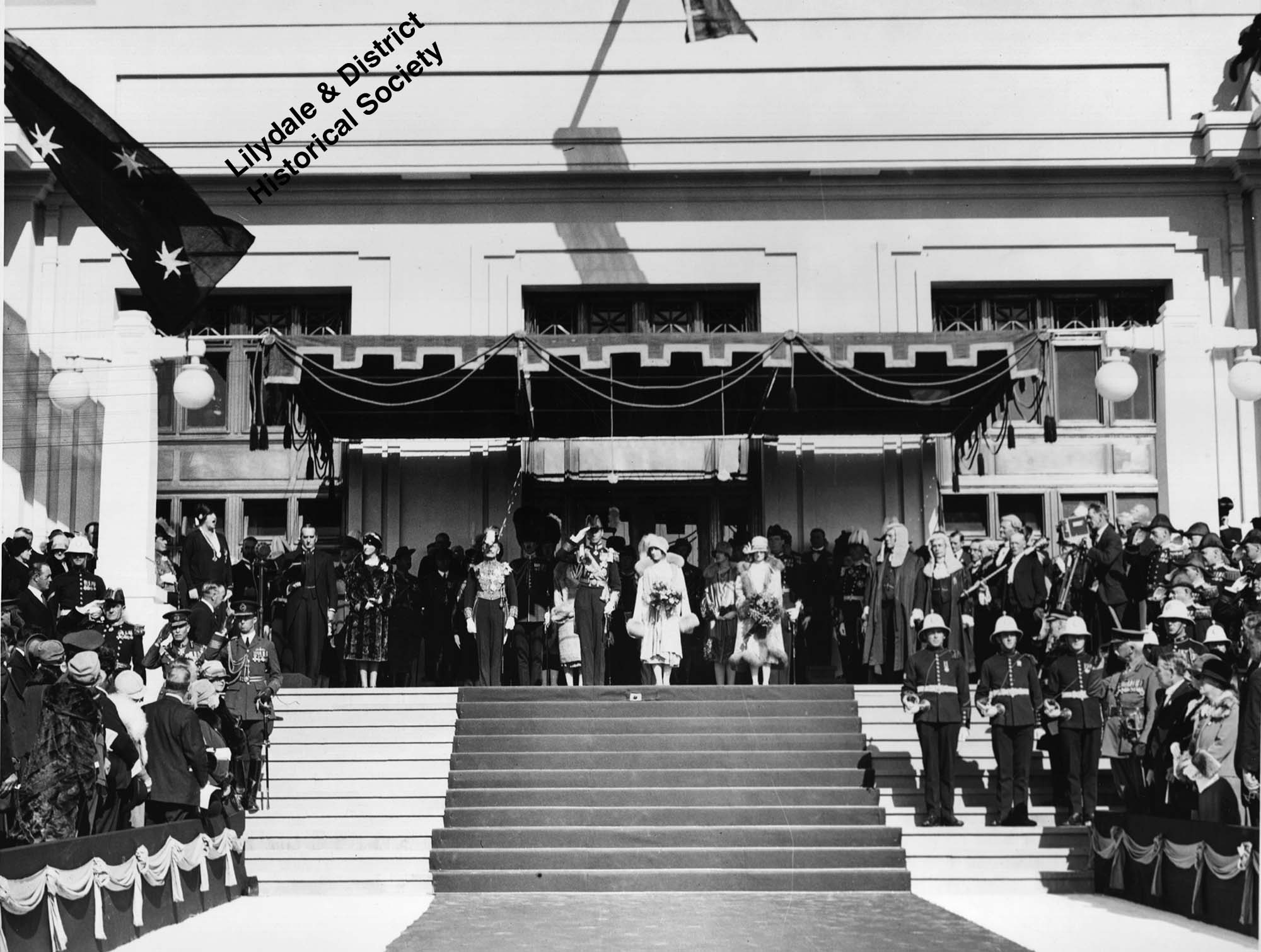
Final Australian tours
After Canberra, Melba continued her concert tour, with a long and tiring train journey to Newcastle and Brisbane. She was back at Coombe when the Duke and Duchess were visiting Melbourne. Melba dined at Government House, in honour of the Royal visit.
In the King’s Birthday Honours list published in June 1927, Melba was promoted to be a Grand Dame of the British Empire.
In August the celebrated violinist Efrem Zimbalist was giving a concert tour in Australia. Melba was a great admirer of his talent and she volunteered to sing at his Melbourne concert. This ensured a full house at his concert and a wider public interest in his future concerts.
Melba tired easily, but she would not give up; it seemed that she could not. She did sing during the season, once in both Melbourne and Sydney. She sang well but there was a sadness in her appearance. Melba’s farewells were becoming a byword. (9)
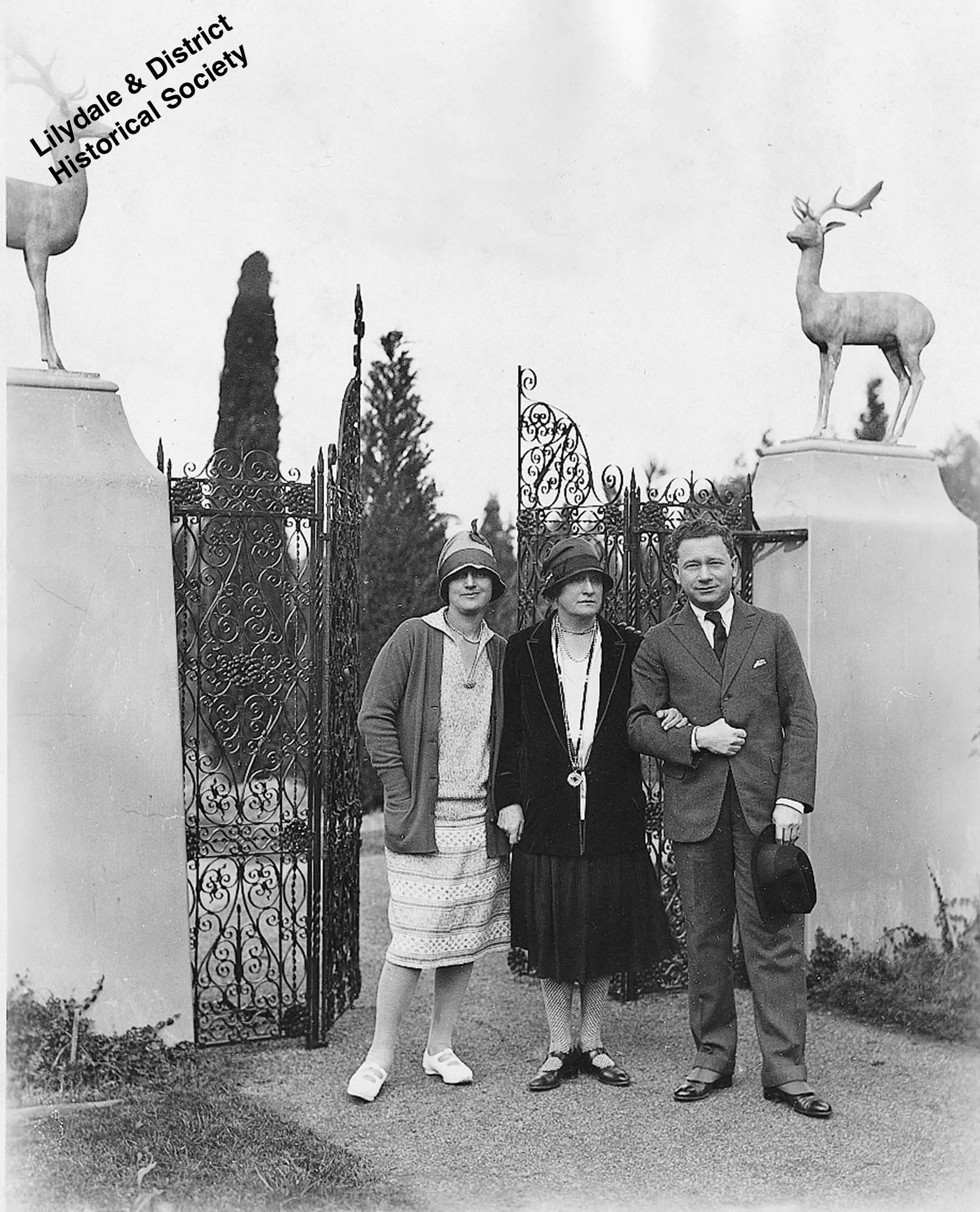
References
(1) P. Vestey, Melba A Family Memoir, Pamela Vestey, 2000 pgs 107 to page 112.
(2) Op. cit. pg 137.
(3) Op. cit. pg 145.
(4) Op. cit. pg153.
(5) Op. cit. pgs 155 to 159.
(6) Op. cit. pg 165.
(7) Op. cit. pgs 184 to 192.
(8) Op. cit. pgs 203 to 209.
(9) Op. cit. pgs 216 to 227.
Online Shop
Purchase books, CDs, photographs and other merchandise
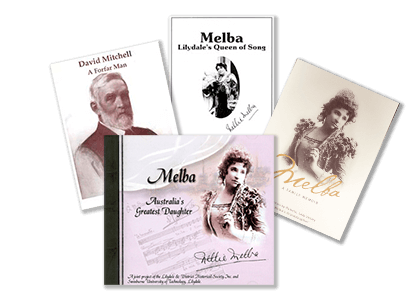

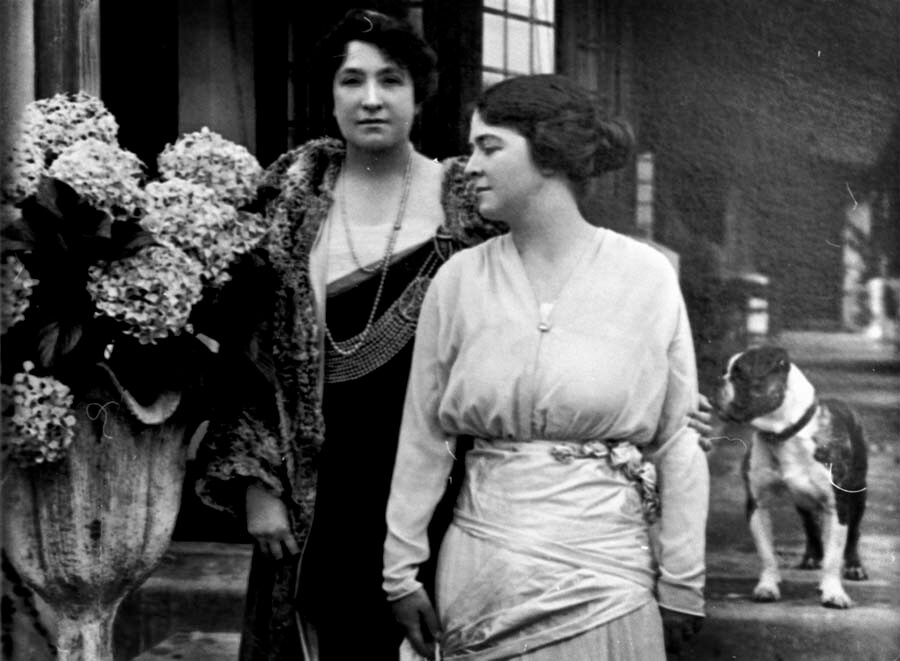
Share Your Information with the Museum!
Email us your info (and images) to:
[email protected]
Our home is the Old Lilydale Court House:
61 Castella Street, Lilydale 3140
Hours of opening:
By appointment only:
Fridays 1 to 4pm and Saturdays to Mondays 11am to 4pm.
Sundays are preferred.
Closed Public Holidays

Nellie Melba Museum
Contact Details:
Sue Thompson: 0475 219 884
Email: [email protected]
Share your info with us:
[email protected]
Our home is the Old Lilydale Court House:
61 Castella Street, Lilydale 3140
Hours of opening:
By Appointment only:
Fridays 1 to 4pm and Saturdays to Mondays 11am to 4pm.
Sundays are preferred.
Closed Public Holidays

Nellie Melba Museum
Contact Details:
Sue Thompson: 0475 219 884
[email protected]
Nellie Melba Museum
Contact Details:
Sue Thompson: 0475 219 884
[email protected]
Our home is the Old Lilydale Court House:
61 Castella Street, Lilydale 3140
Hours of opening:
By appointment only:
Fridays 1 to 4pm and Saturdays to Mondays 11am to 4pm.
Sundays are preferred.
Closed Public Holidays
Share Your Information
with Nellie Melba Museum!
Sue Thompson: 0475 219 884
[email protected]

